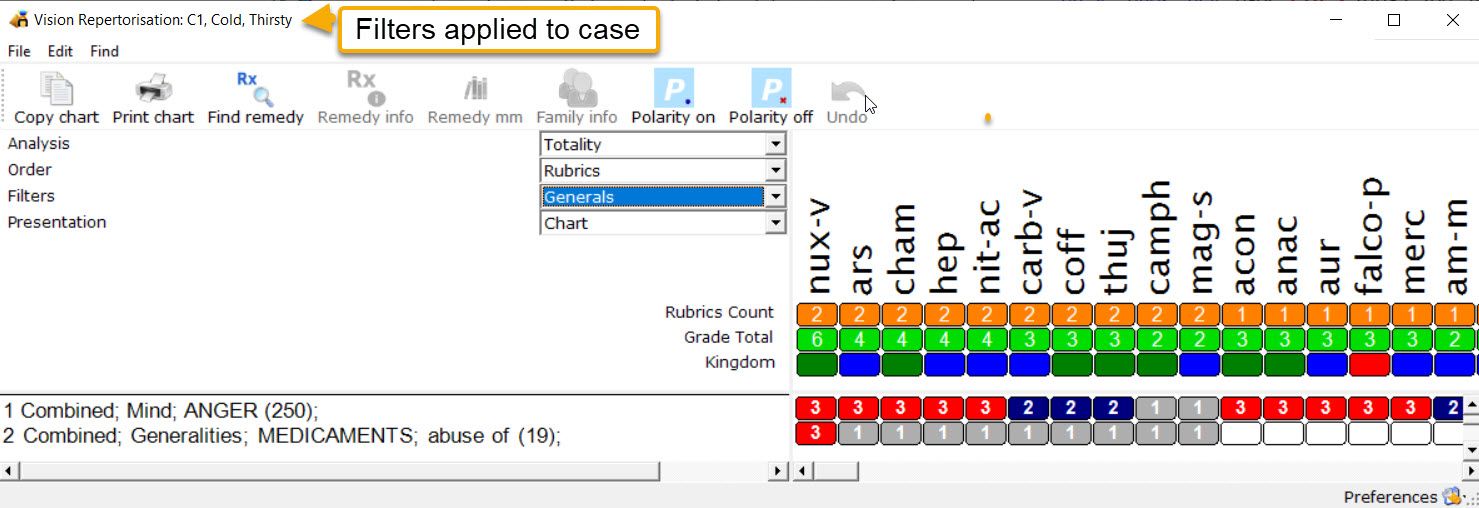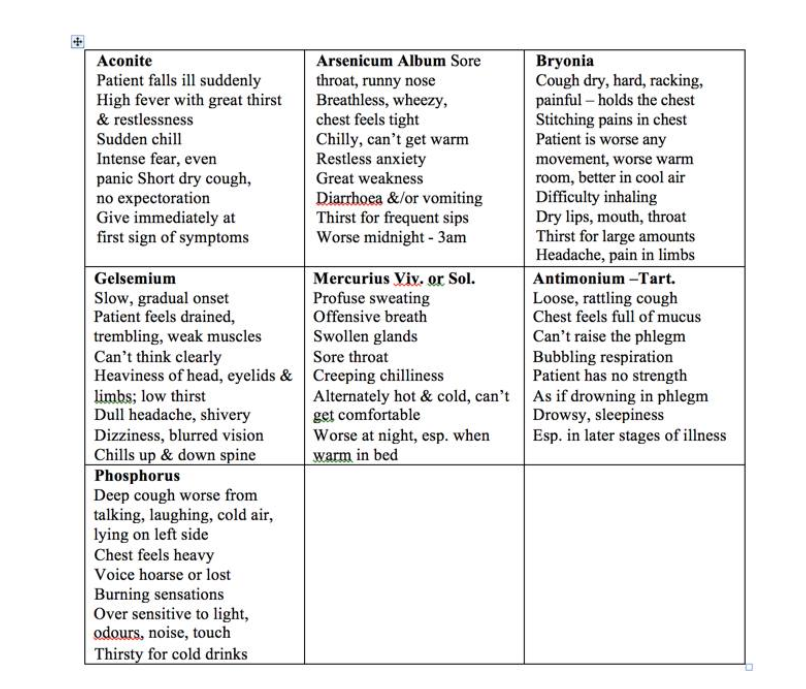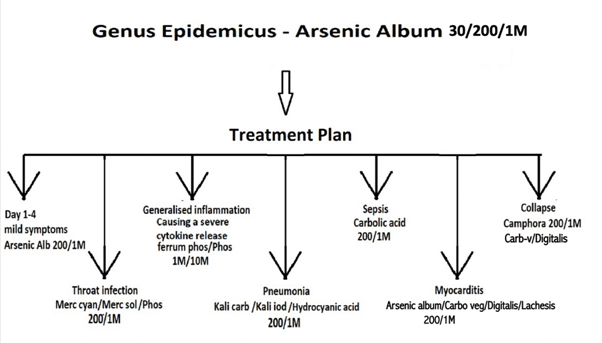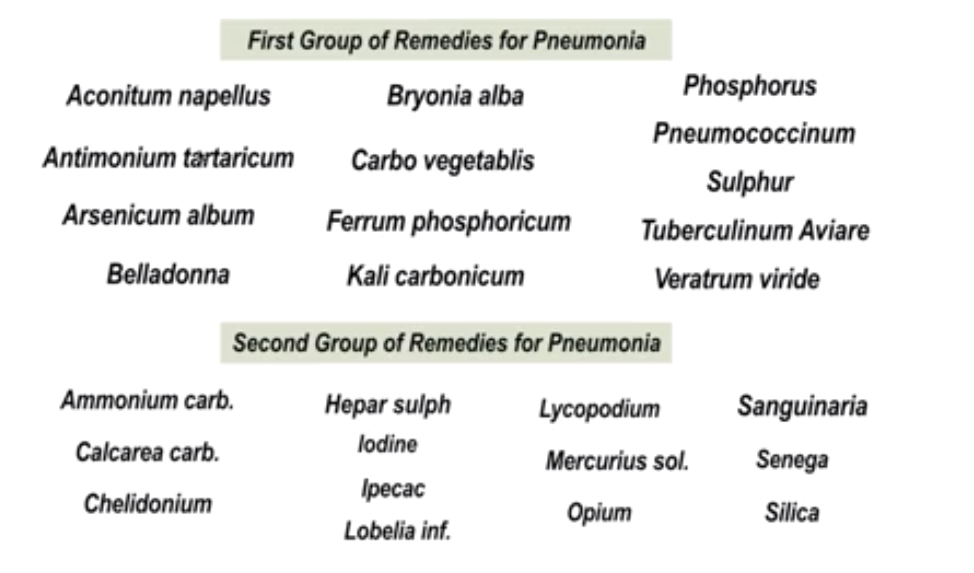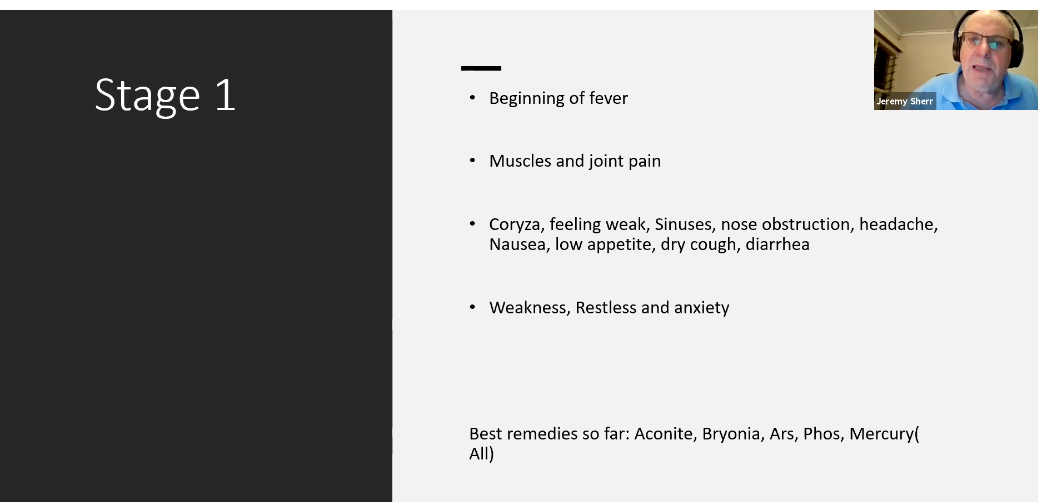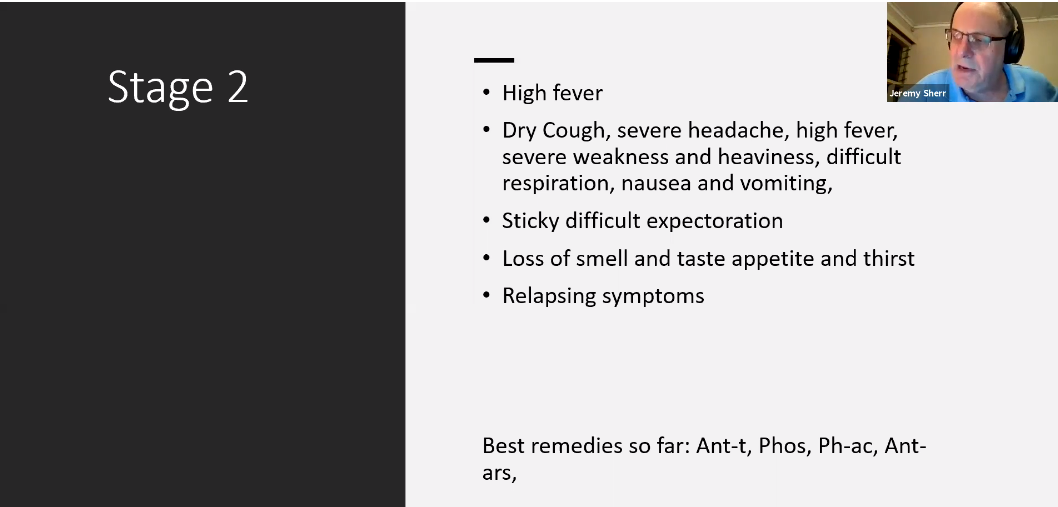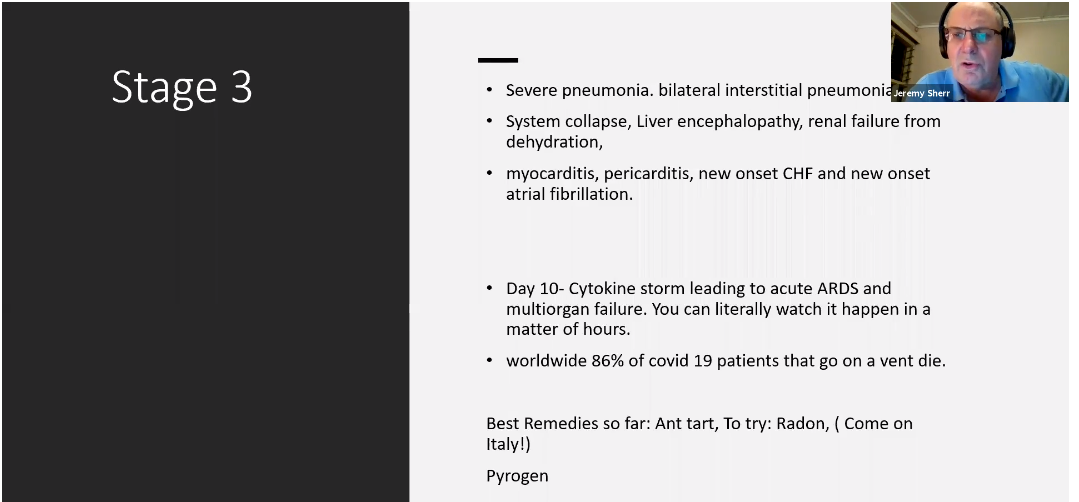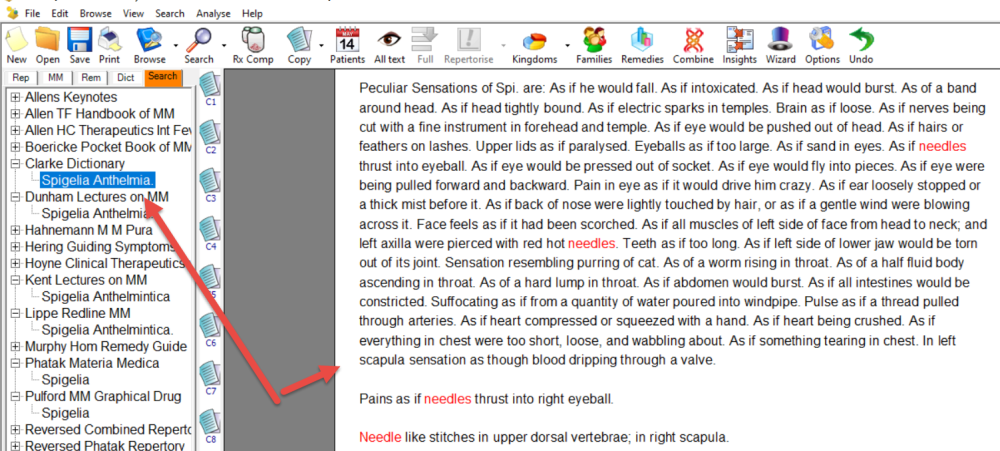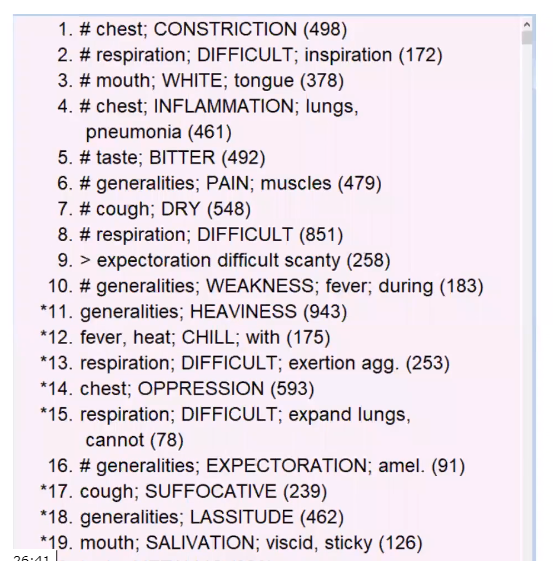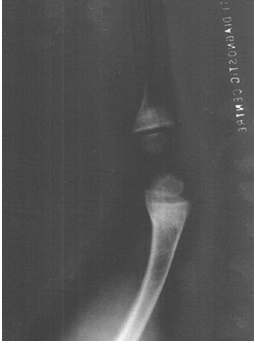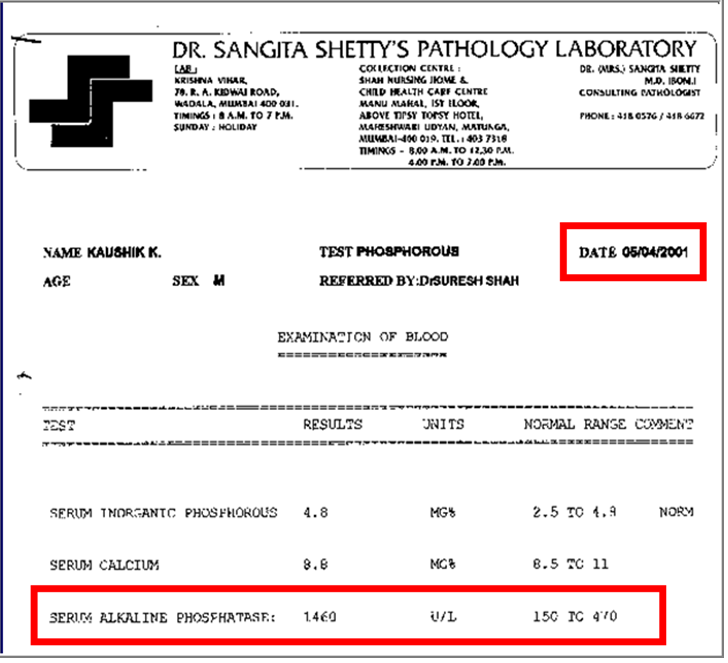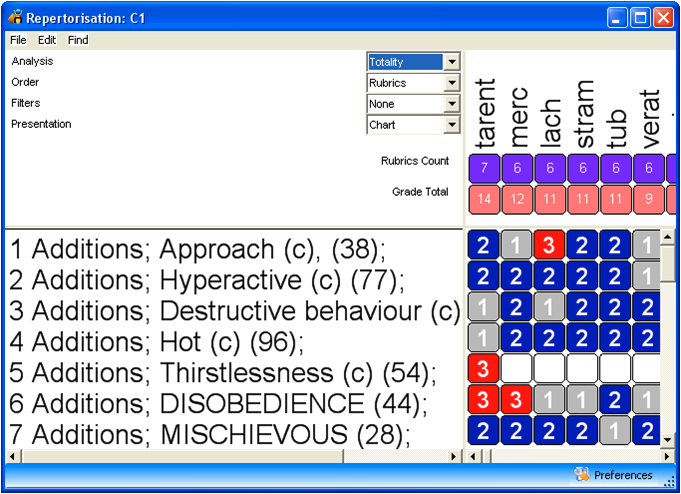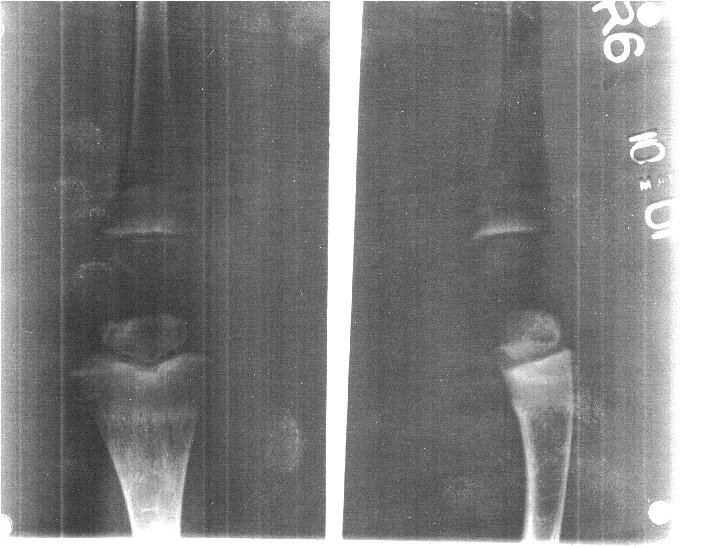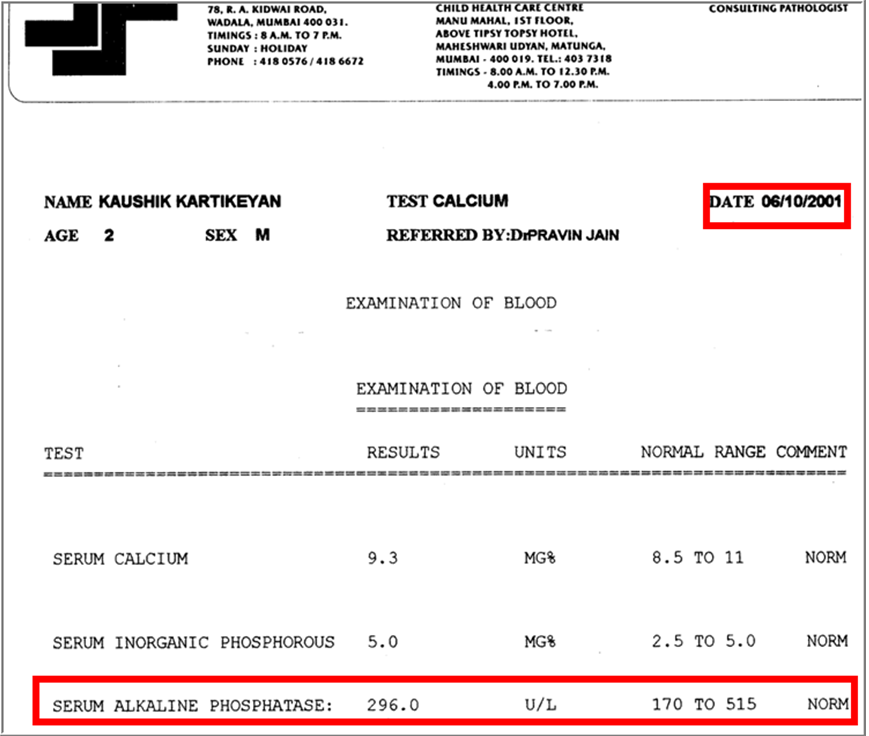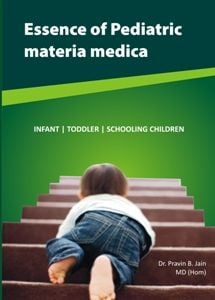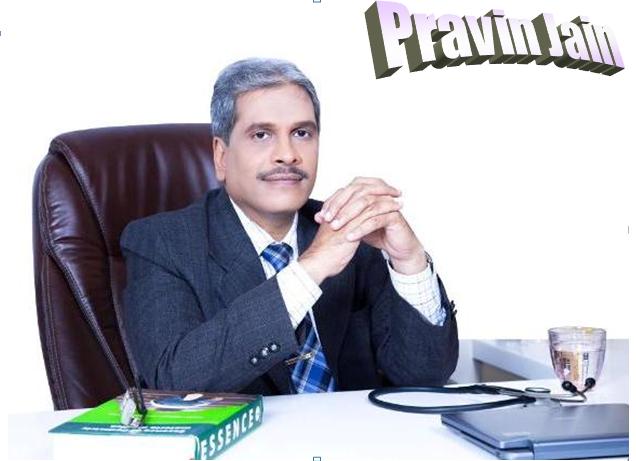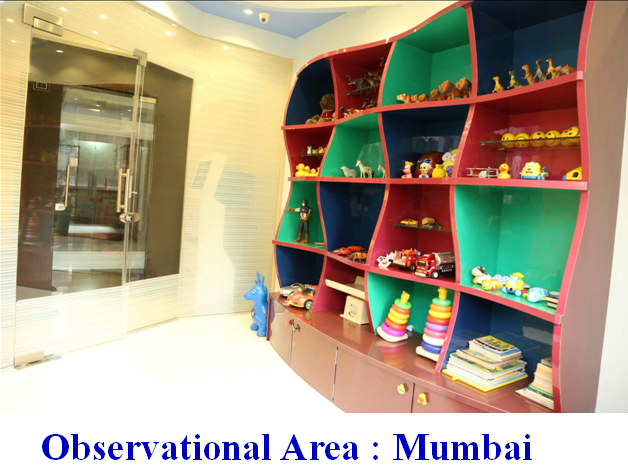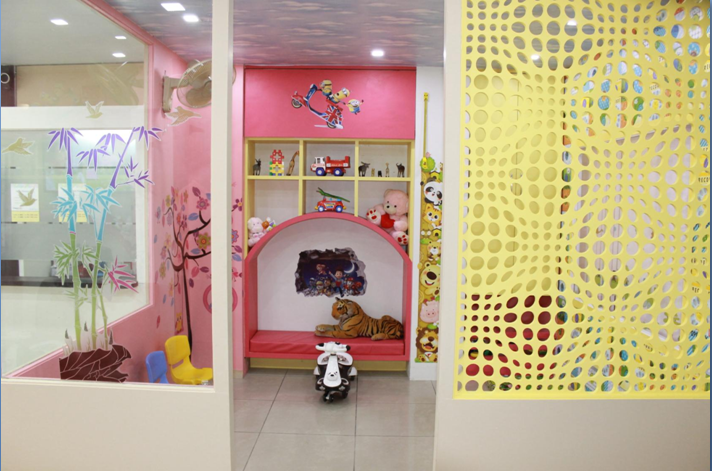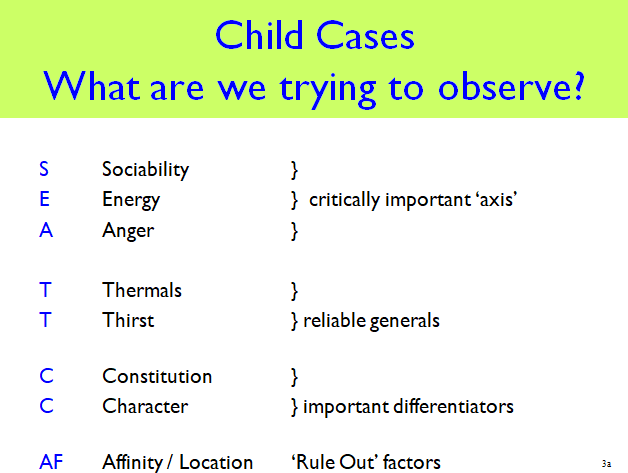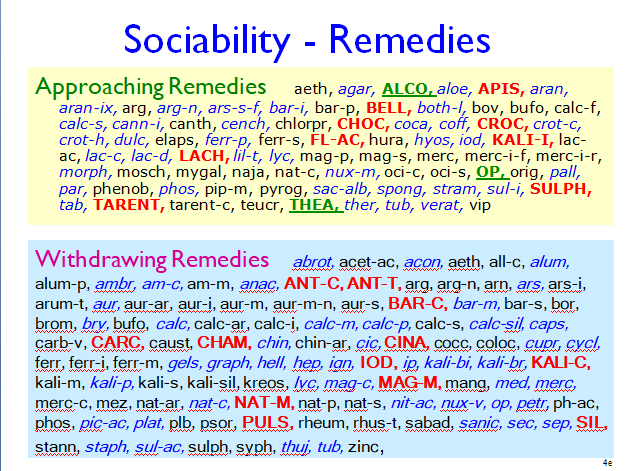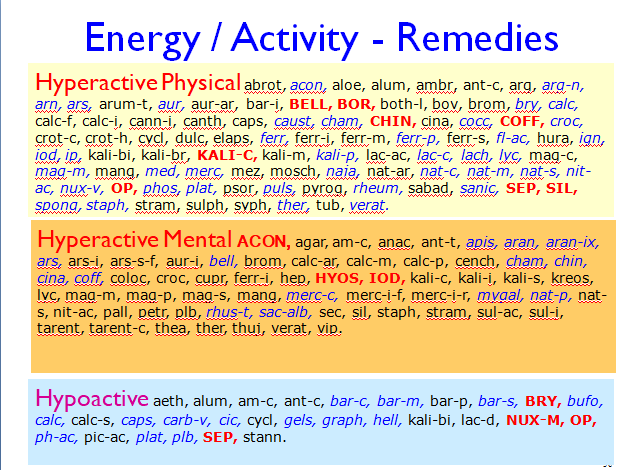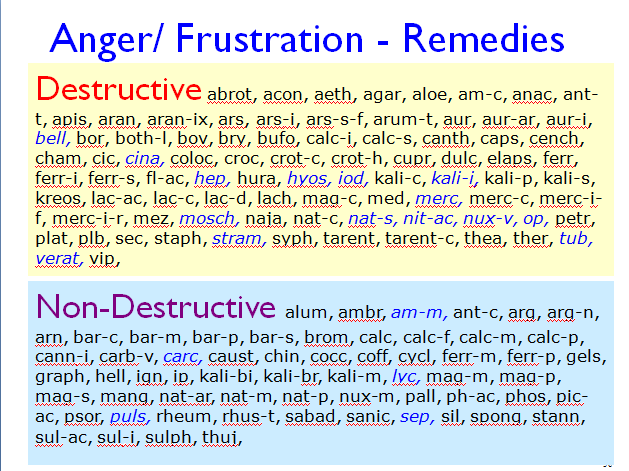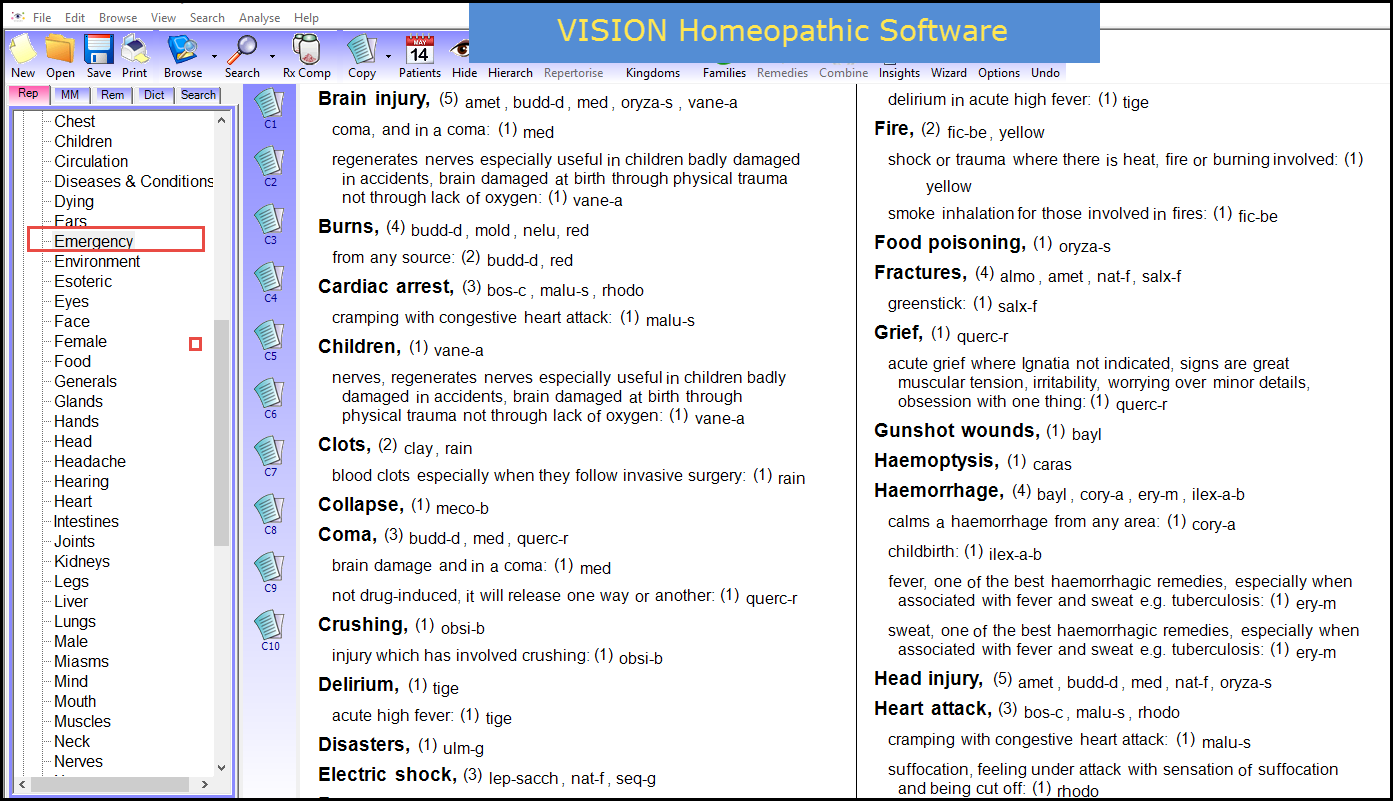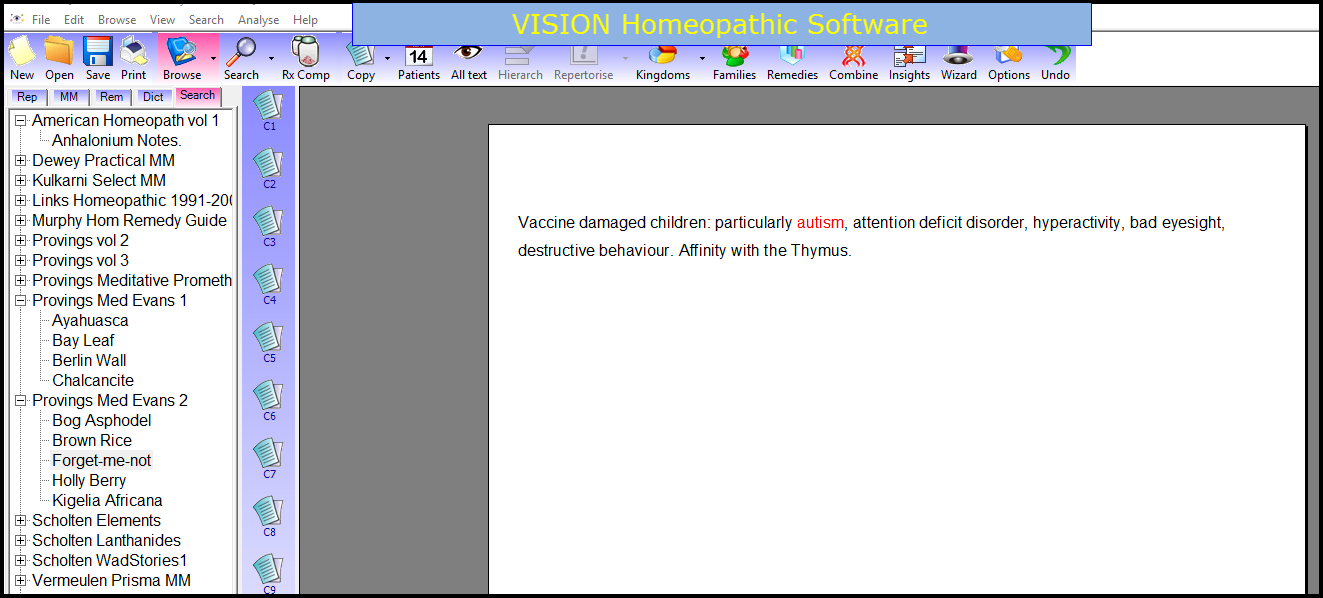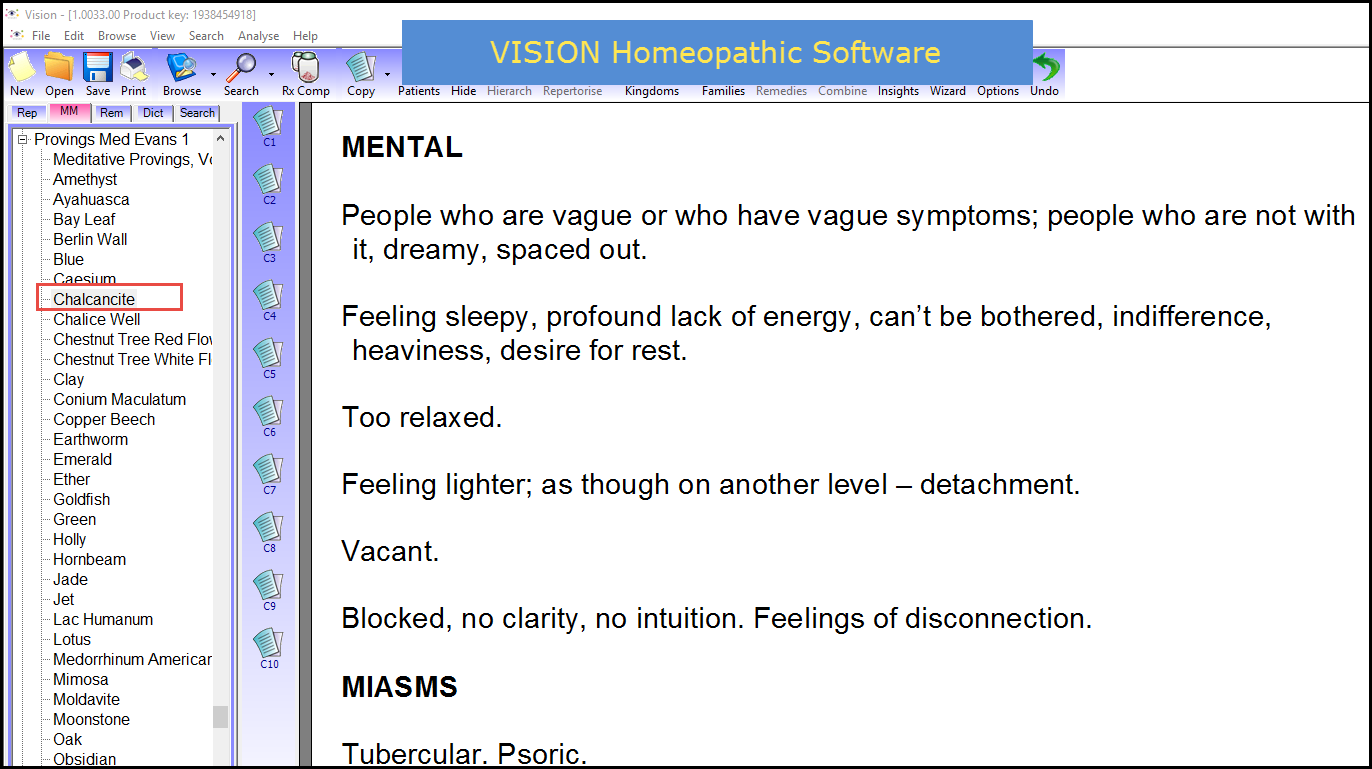One Friday Night - In memory of Dr Prafull Vijayarkar
Posted on
An Urgent case
Dr Vijayarkar passed recently. He was an inspiration to many and thousands of homeopaths were devastated to hear of his death. Many years ago he called me from India unexpectedly one Friday night - I thought it might be a good way to remember him if I re-printed this article:
One Friday Night....David Witko and Dr Pravin Jain
Every now and again something happens that re-affirms your belief in homeopathy. This is a telling of just one of those times................
Last Friday at 7pm, at the end of a long day spent testing and re-testing the new (ISIS) Vision I was resting at home when the phone rang. The caller was my wife's sister, Sheila. Sheila is the lovely lady who happens to work in Miccant preparing and shipping all of those Vision and Akiva systems for our customers. She said 'David - Ruth (our tech support ladty at the time) has just been the phone....apparently Pravin from Mumbai just messaged her on MSN - someone has been taken very ill - can you please contact Pravin urgently?'
So I logged on right away and Pravin was waiting for me. Pravin is an associate of the Predictive School of Homeopathy in Mumbai. Apparently, a close family member of Pravin's mentor, the renowned Dr Prafull Vijayarkar, had been taken ill while on board a ship near the UK. In fact things were so serious that the man had been taken off the ship and transported directly to the Aberdeen Royal Infirmary in Scotland.
Pravin asked if I was near to Abderdeen as Dr Vijayarakar needed a remedy taking directly to the hospital. I replied that I was at least a 7-8 hour drive away!! A mutual contact was found who had already been contacted, Praveen Kumar who, with his generous and energetic spirit, had already obtained Nux vom 200c somewhere in Birmingham at 8pm on a Friday night and who had set off at high speed up the motorway to Aberdeen with his son.
I vainly tried ringing all 11 of our Miccant homeopathic customers in Aberdeen to see if we could short-cut an 8 hour drive. I received 11 voicemail messages (understandable on a Friday night).
Following further dialog with Pravin in Mumbai Dr Vijayarkar called me to explain that the man in question...'was 55 years old working as an engineer on the ship which was docked in the port of Aberdeen. The man developed a fever with shivering coming and going over 4-5 days which did not respond to treatment given on board ship.
He had fever with severe body aches and excessive pain in the lumbar region. The captain of the ship had given him Combiflam (an anti-inflammatory medicine) after which the fever suddenly came down and he perspired profusely. He phoned his wife in the USA and told her that after many days illness he felt much better because the fever had reduced so drastically. But he had become cold and clammy. After this his urine output started decreasing, and he had developed swelling on the face and body. On the 3rd day he started to develop breathlessness on talking.
He was then taken to Aberdeen Royal Infirmary where he was suspected of having a urinary tract infection. He checked into the hospital at 3.00 pm and by 5.00 pm he had found it more and more difficult to walk and talk. So he was advised that further investigation was required.Scans and x-rays showed pleural effusion and pericardial effusion and he was then admitted to the hospital. He was primarily diagnosed with renal failure as his Creatinine levels were raised up. His serum potassium also was increased. The doctors in the hospital suspected Acute Bacterial Infection spreading to the lungs and heart, leading to borderline cardiac enlargement with cardiac myopathy.
As the day progressed he became even worse and he started losing alertness and finally he lost consciousness and went into a comatose state. He was immediately moved to the ICU (Intensive Care Unit) and was put on life support.
The poor man was alone in Aberdeen, and there was no one with him. His wife and son and daughter in law were all in the USA. Only the colleagues on ship who had taken him to the hospital were with him . His wife wanted to get to the UK, but could not do so as she did not have the necessary VISA and the consulate of the USA was closed for independence day preparations.
Dr Vijayarkar explained that 'only Nux vom was needed in a case like this' and we had to get it to him before it was too late. Feeling a little helpless I called Praveen Kumar, who was further up the motorway, to offer just a few words of advice. I advised him that on arrival he was to say he was a family member who had been alerted to the condition of his relative and that he wanted to be with him. I further advised that he should not introduce himself as a doctor and certainly not to say he was a homeopath!
Dr Vijayarkar had advised me that in cases like this he always wanted the remedy to be rubbed into the cheeks of the comatose patient. So the fate of this man rested with the redoubtable Praveen Kumar - who had to drive 8 hours overnight, penetrate the ICU and unobtrusively administer the remedy!
When Praveen Kumar arrived he found the man on:-
- Continuous dialysis
- Ventilator
- Heart line inserted for monitoring
And Praveen noted that a mild fever was persisting. Nux-vom 200c was administered on the cheek as instructed.
Within 25 minutes – the persisting fever came down. After 2 hours the man opened his eyes. After another 30 minutes – the doctors reduced the ventilator from 14 to 7. After another 30 minutes – the ventilator was stopped and withdrawn. By the evening hemodialysis was stopped and it was given only once more. The man had come to his normal senses in 4-5 hrs and started talking. One day later he was talking to everyone and spoke to Dr. Vijayakar on phone and was eating!
Fantastic!
Now - those of you who have attended any of my lectures and presentations may know of my talk on 'Embryology and Homeopathy' which is directly attributable to the pioneering work of Dr Vijayarkar. Normally I restrict my introductory lecture to the explanation of Herings Laws of Cure and Embryology as Dr Vijayarkar has taught me to pass on. With this case however I have a clear opportunity to show you how Dr Vijayarkar analyses such situations and how his great expertise can literally save lives!
Explanation and Analysis by Dr Vijayarkar:
The only 'history' which I could get was from 2 sources:-
1. The physician attending him in the ICU reported that when he was bought to the hospital that he was cold and clammy
2. His wife reported how he developed fever and how medication was taken and how he felt instant relief from this anti-inflammatory. She further said that, on the morning of admission, when he was talking to her on the phone, he sounded very irritated when she did not answer his questions properly. This was very unusual for an otherwise calm person. She further stated, that he told her of passing less urine despite his thirst being very good. On that day whilst on the phone, he would talk only about his health and did not even ask about other members of the family.
So what was the situation? How do we homeopaths look at such a case?
Sudden renal failure – the kidneys and other organs were failing fast. All reports of urine culture and sensitivity were showing no presence of infection. But the CT scan showed necrosis of kidney tissue. This immediately leads us to the SYPHILITIC Miasm i.e. Onset of destruction in kidney tissue. Our remedy therefore needs to be known as a syphilitic remedy.
Sudden development of renal failure, pleural effusion and pericardial effusion. Within 2 days, the disease had spread from renal shutdown to cardiac myopathy. So something which started as an inflammatory process (psora - inflammation of kidney tissue) proceeded to the destruction of the tissue (necrosis of kidney - syphilitic) with an intermediate stage of sycosis (pleural effusion and pericardial effusion)
Therefore SPEED = FAST and therefore the remedy we need to administer also has to be fast (acting).
Causation? There was no obvious mental causation. The only ascertainable causation was the taking of the anti inflammatory medicine.
Physical Generals - Thermals = Chilly
Thirst – his wife said, inspite of his thirst being good, his urine output was reduced.
Mental disposition – He was irritable and was angry when obliged to answer.
So which remedies are Angry when obliged to answer and also Chilly?
Rx to immediately consider: Nux-v, Ars, Phos-ac.
However he did not have the anxiety and anticipation of Ars. Also he was not dull and sullen as Phos-ac would be.
Nux-v is a fast remedy that is angry, chilly, thirsty, and overall covers abuse of allopathic medications.
Before the allopaths could even diagnose what to do, homeopathy had cured him!
Added Note:
Prafull was giving this explanation entirely from memory over the phone without consulting any repertories or books. I worked this small case into Vision and present to you the analysis:
